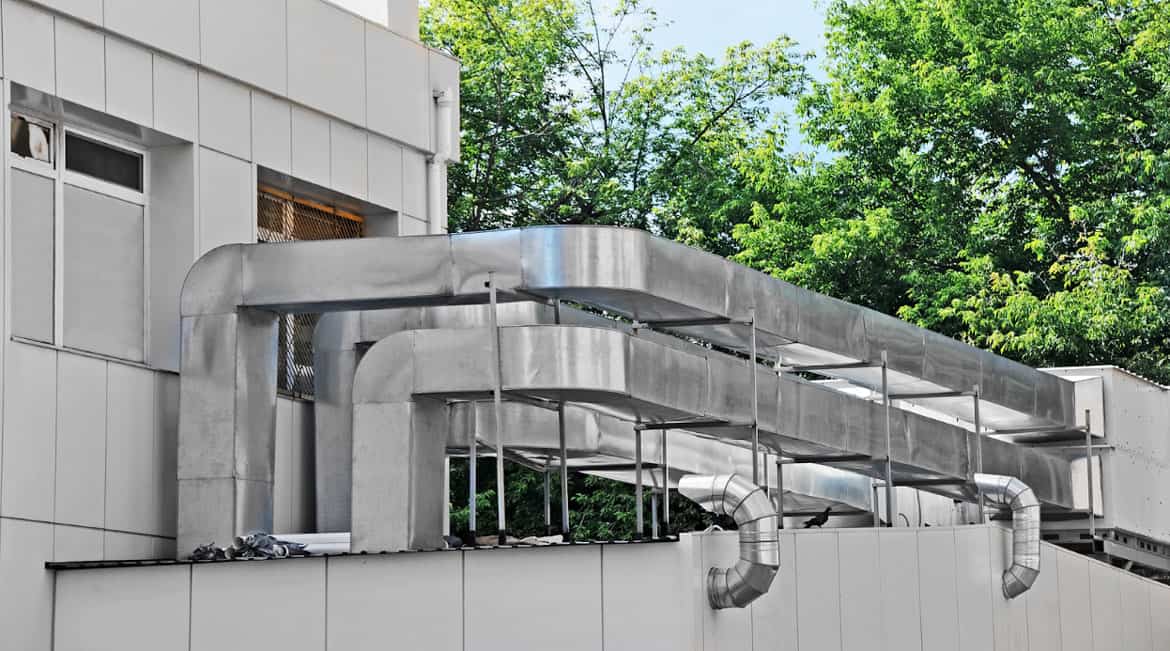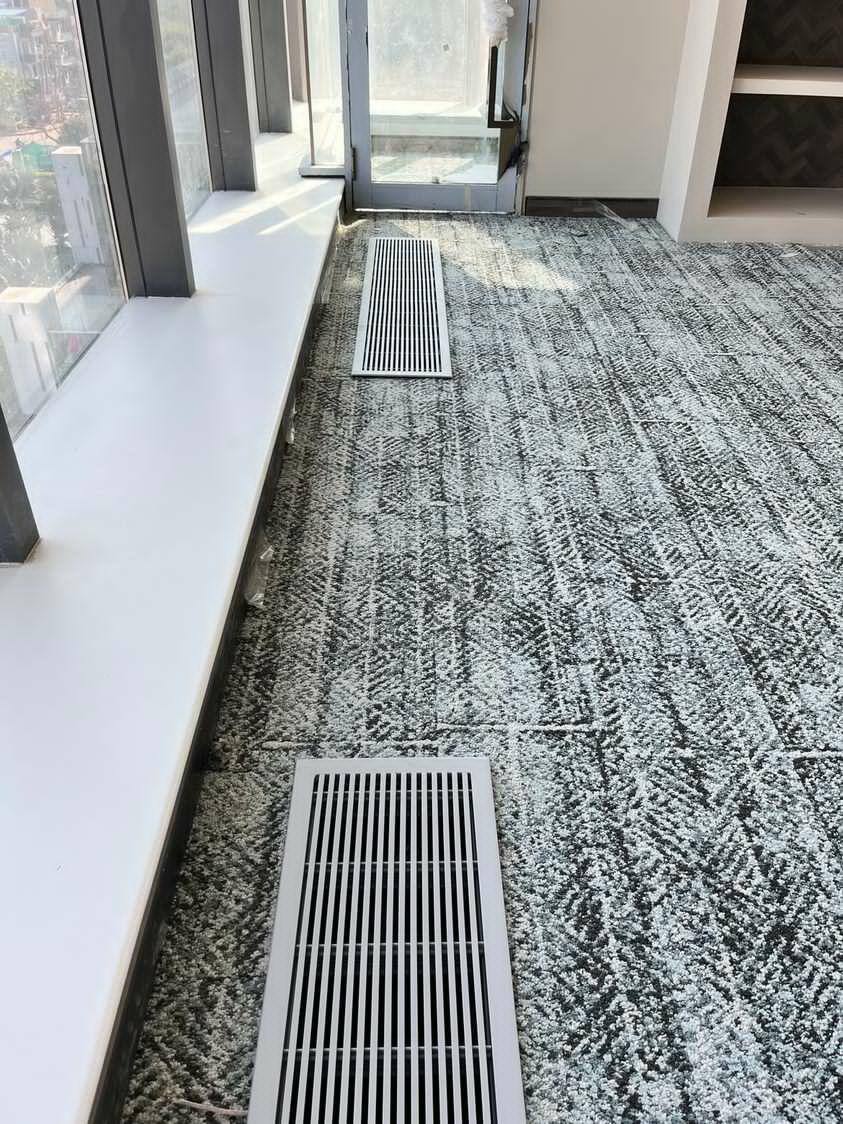What is the Proper Tons Per Square Foot for Commercial HVAC Systems?
You’ve been asked to design a new commercial building and you need to calculate its heating and cooling needs.
Floor, wall and ceiling mounted to meet your unique project design.

There’s no longer any question about the need to shift towards environmentally sustainable building projects.
Fortunately, the industry is responding positively: as of 2017, the U.S. Green Building Council reports that over 6.2 billion commercial square feet have received LEED certification, and 2.2 million square feet are being added daily.
Various existing standards cover factors like:
Because of the need - and demand - for environmentally-responsible buildings, structures certified as high-performance buildings (also called high-performing buildings) are those which have met or exceeded the various standards for efficiency and sustainability.
Let’s take a look at what constitutes an HPB.
From the Energy Policy Act of 2005 Section 914. Building Standards:
“The term "high-performance building" means a building that integrates and optimizes all major high-performance building attributes, including energy efficiency, durability, life-cycle performance, and occupant productivity.”
The term was first used in the Whole Building Design Guide (WBDG) to outline the concept of a highly-efficient and sustainable type of building. At the time, there was little more than a patchwork of health and environmental standards & best practices to guide the building industry.
WBDG initially based its definition of high-performance buildings on:
As it happens, much of the sustainable building practices until that time were established by the U.S. Department of Defence. To guide military construction projects, the DOD created the WBDG to act as the main repository of these practices and technologies.
Directed by the Energy Policy Act to promote HPB adoption, the Department of Energy turned to the National Institute of Building Sciences to oversee the project. A non-profit organization established by Congress to facilitate the creation of safe and affordable housing structures, NIBS was the natural choice for standardizing green building practices.
LEED vs WELL Building Certifications: What Are The Differences? Learn More
The Institute created the High-Performance Building Council, which used the WBDG as a basis for this approach - turning it into a portal for industry stakeholders as a reference repository. The Institute then conducted extensive research and industry consultations, which culminated in a 2008 report titled Assessment to the U.S. Congress and the U.S. Department of Energy on High-Performance Buildings.
In 2017, the HPBC was disbanded, and the requirements for HPB building certifications were handed over to the building industry.
Instead of being one standard, ‘term high-performance building’ is actually an umbrella term covering a variety of existing standards. As such, it’s helpful to think of it as a replacement for the vague “green building” designation.
An HPE building needs to meet the requirements of several standards to be considered. The building in question is measured from several angles, measuring how well optimized it is for energy efficiency, occupant comfort, and overall sustainability.

The following building standards are used to determine whether or not a building can be considered an HPB. Each certification measures performance within a predetermined area of focus.
HPB buildings are typically certified under one or more of the following standards.
LEED is the internationally-recognized standard-bearer for green building certification. The program provides a framework that measures cost-efficient and healthy indoor environments.
Because LEED offers a number of certifications, the flexibility of the program means that almost any building can work towards green status.
Another major standard, WELL’s goal focuses on the health and wellness of building occupants. The standard awards point based on a building’s performance in the areas of air quality, water purity, nourishment, light quality, availability of fitness facilities, occupant comfort, and emotional or mental well-being.
Developed by the Green Building Initiative, the Green Globes certification program seeks to help existing building owners through tailored environmental strategies aimed at reducing operating costs, qualifying for tax incentives, and attracting tenants.
An initiative of the International Living Future Institute, the Living Building Challenge creates a sustainable design framework that measures factors such as resource self-sufficiency and a regenerative focus that “connect occupants to light, air, food, nature, and community.”
The shift towards environmentally-sustainable and energy-efficient building processes is well underway. To that end, the term “high-performance” is gradually replacing “green” as a way to identify those buildings that embrace these best practices.
AirFixture is a recognized industry leader providing innovative underfloor air distribution products and solutions for office buildings, casinos, event spaces, and government facilities around the world.
Contact us today to speak to a UFAD expert and learn how this revolutionary system can deliver unrivalled air quality and significant energy and operational cost savings to your facility.

You’ve been asked to design a new commercial building and you need to calculate its heating and cooling needs.

Architectural photography often highlights the open, airy feeling a space gets from floor-to-ceiling glass. What it doesn’t capture is what all that...

Back to the Office – time to Focus On Indoor Air Across the country, companies are bringing employees back to the office. A recent report from the ...